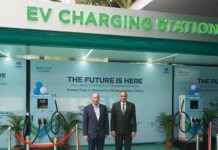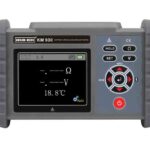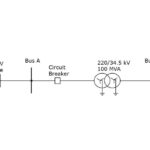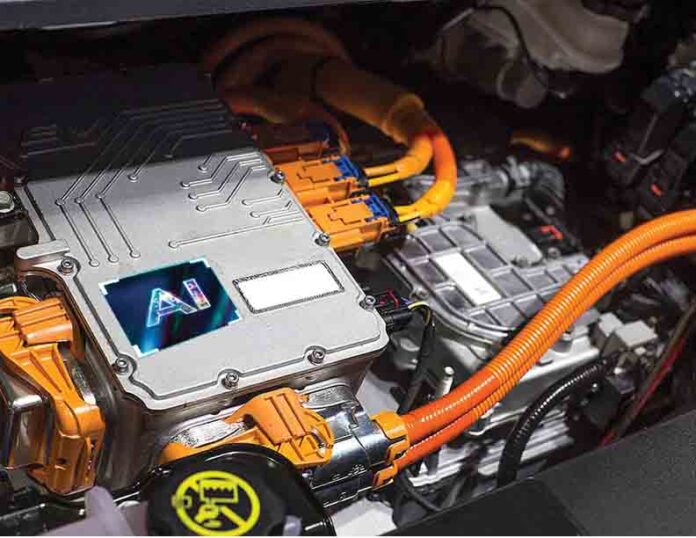
Electric Vehicles (EVs) are no longer a future promise; they are fast becoming India’s reality. Yet one critical challenge continues to shadow this growth ensuring that EV batteries remain safe, reliable, and affordable throughout their life cycle. A battery’s State of Health (SOH) measures how much usable capacity and performance remain compared with when it was new. SOH directly impacts vehicle range, fast-charging safety, and the cost of maintenance and warranties.
For years, engineers have tried to estimate SOH using either complex physics-based models or heavy, ‘black-box’ deep neural networks. Physics-based models often struggle to generalise when batteries age differently in real-world conditions, while deep learning requires huge datasets and high-end processors far beyond what most embedded Battery Management Systems (BMSs) can handle. To bridge this gap, our team at Madanapalle Institute of Technology & Science (Deemed to be University) developed a practical, interpretable machine learning framework. It achieves near deep-learning accuracy while remaining lightweight, transparent, and deployable on real-world BMS hardware.
From Raw Signals to Smart Health Prediction
Batteries continuously generate data – current, voltage, and temperature signals that change as cells charge, discharge, and age. Instead of feeding this raw data directly into a deep network, our approach distils it into meaningful patterns known as statistical descriptors. These descriptors such as how voltage drops during discharge, how temperature rises under load, or how quickly signals stabilise after charging serve as “health fingerprints” for the battery. The framework also accounts for different charging rates (C-rates), from slow home charging to high-power fast charging, ensuring reliability under varied operating conditions. The processed feature set is then used to train tree-based ensemble models, particularly the Random Forest algorithm. Unlike deep networks, these models can explain which inputs influence predictions a key factor when safety, warranty, or regulatory decisions rely on model output.
Why Interpretability Changes the Game
EV safety regulators and manufacturers require more than just a number they need to understand why a battery is labelled healthy or degraded. Tree-based models naturally rank the importance of input features, revealing, for example, that voltage slope and mean values are dominant in determining health, while temperature variations play a supporting role. Such interpretability builds trust, helps engineers fine-tune charging strategies, and enhances warranty assessment transparency.
Figure 1 illustrates the Synthetic sequence generation pipeline: sequence matrix, C-rate allocation, and SOH target generation. Figure 2 gives a visual ‘feature contribution’ story how the model weighs each electrical and thermal signal to reach its SOH estimate. Such insight builds trust, helps engineers tune charging strategies, and supports warranty analytics.
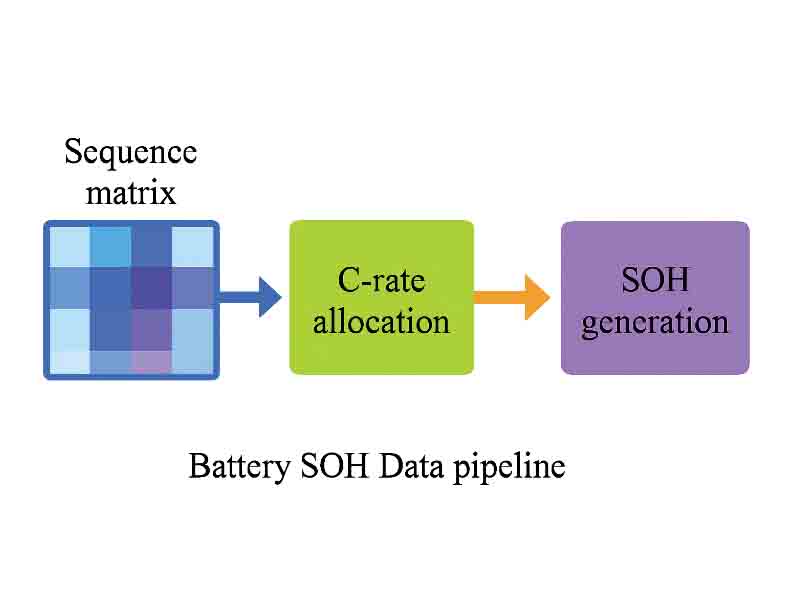

Reliable Under Fast-Charging Stress
A major strength of the proposed framework is its stress awareness. The models were deliberately trained and tested under multiple C-rate conditions to learn how fast charging accelerates degradation.
Even when charging rates double or quadruple, the error remains small and stable. Compared to conventional deep learning systems, this model is lighter, faster to retrain, and easier to integrate into low-power processors already used in commercial BMS platforms.
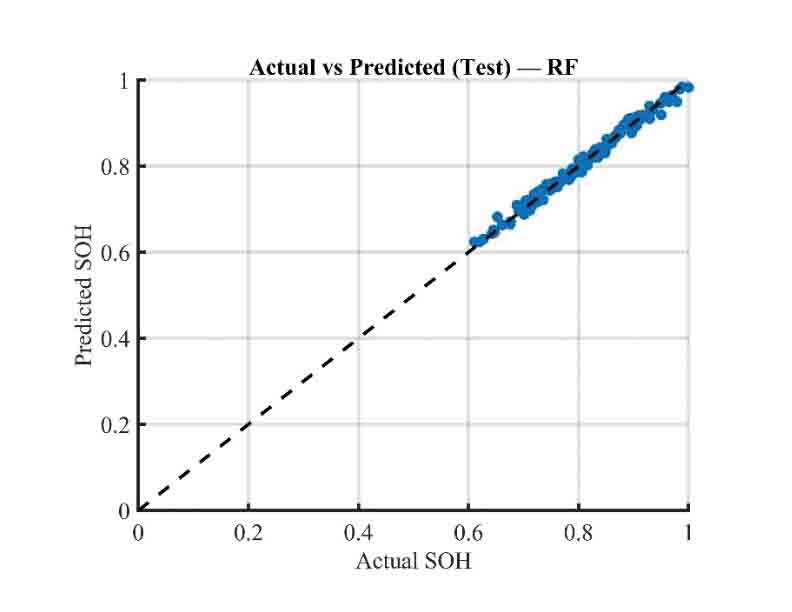
Performance that Engineers Can Trust
Accuracy tests show that the Random Forest predictor consistently outperforms simpler decision trees and matches complex deep-learning models but with far lower computational demand.
For EV manufacturers, this means safer range estimation and fewer unexpected failures. Fleet operators can use SOH predictions for proactive maintenance and battery replacement scheduling. Renewable energy developers can also repurpose used EV batteries confidently for solar or wind energy storage, supported by transparent SOH insights.
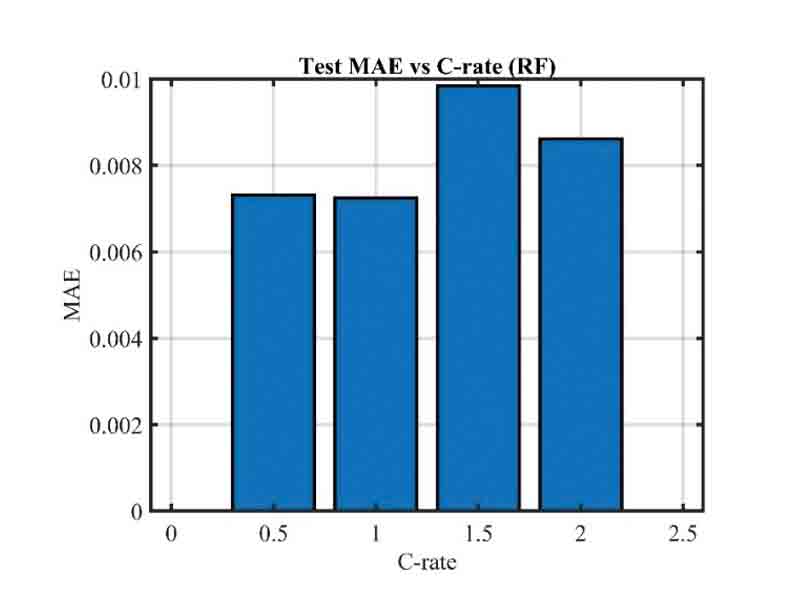
Impact for India’s Energy & Mobility Push
India’s EV market and stationary battery storage sectors are poised for exponential growth. However, long-term success depends on affordable and reliable battery intelligence. The proposed interpretable AI framework can help in multiple ways:
- Cost-effective BMS: Operates on existing microcontrollers and no GPUs or cloud infrastructure required.
- Better warranties: Transparent SOH prediction lowers replacement risk and supports fair warranty design.
- Circular economy support: Reliable health data enables safe reuse of EV batteries for solar and wind balancing.
- Grid resilience: Smarter battery life prediction improves grid reliability by preventing unexpected failures.
Future Directions
The next step is to extend this interpretable AI framework to other chemistries – such as Lithium Iron Phosphate (LFP) and Nickel-Manganese-Cobalt (NMC) cells, and to validate it using large-scale EV fleet data. Integrating selective neural layers into the ensemble models may further enhance adaptability – while retaining interpretability. Ultimately, this approach bridges the gap between complex research models and field-ready engineering tools, paving the way for safer, smarter, and longer-lasting EV batteries essential for India’s clean mobility future.

Chodagam Srinivas has over a decade of teaching and research experience in advanced power systems, electric mobility, and AI-driven energy management. He has published 30+ research papers in various reputed Publication houses like IEEE, Springer, and Wiley. As a faculty member of Madanapalle Institute of Technology & Science (Deemed to be University), Andhra Pradesh, he actively mentors research in interpretable machine-learning models for battery state-of-health estimation, EV-integrated energy systems, and smart-grid optimization. He is a frequent speaker at academic and industry forums and continues to contribute to the advancement of sustainable energy technologies in India.

Meenakshi is pursuing her bachelor’s degree in Electrical and Electronics Engineering at Madanapalle Institute of Technology & Science, Andhra Pradesh. Her academic focus lies in Battery Management Systems (BMS) and their real-time applications. She has successfully completed certified training programs from MathWorks, strengthening her foundation in MATLAB and Simulink environments. Her interests include power systems and machine-learning applications for battery diagnostics. Her ability to connect academic learning with practical industry needs reflects a strong commitment to impactful research and innovation.






